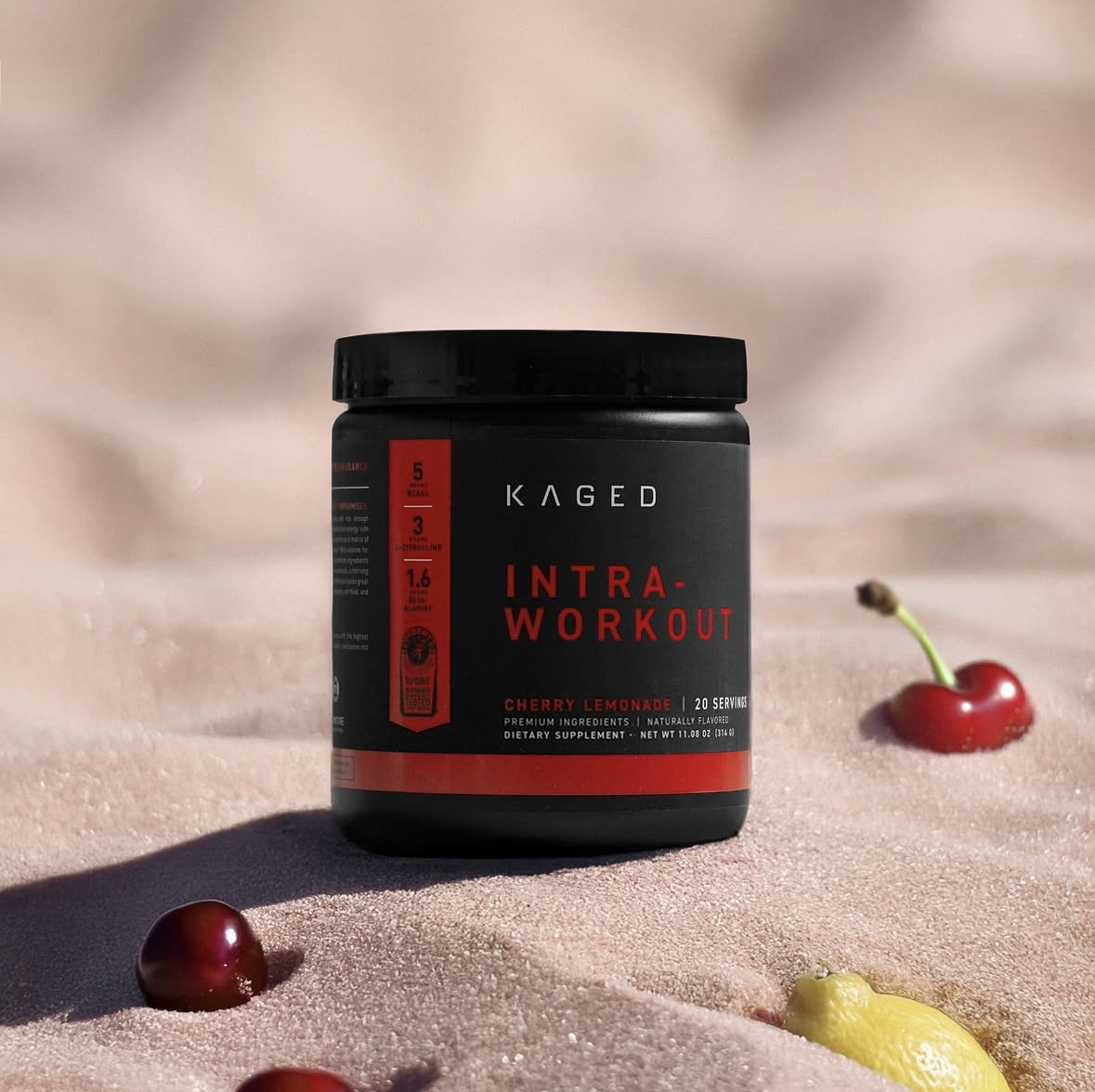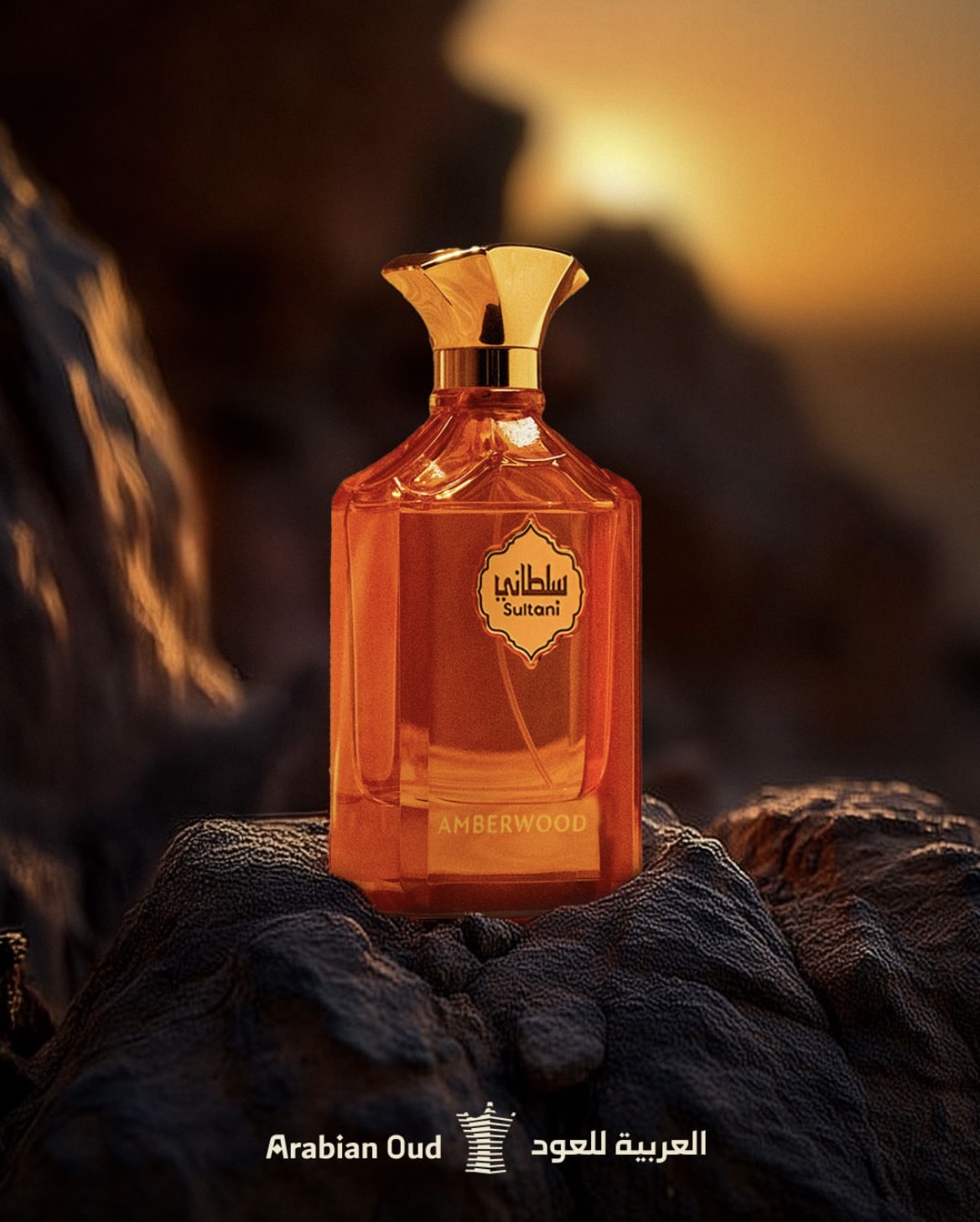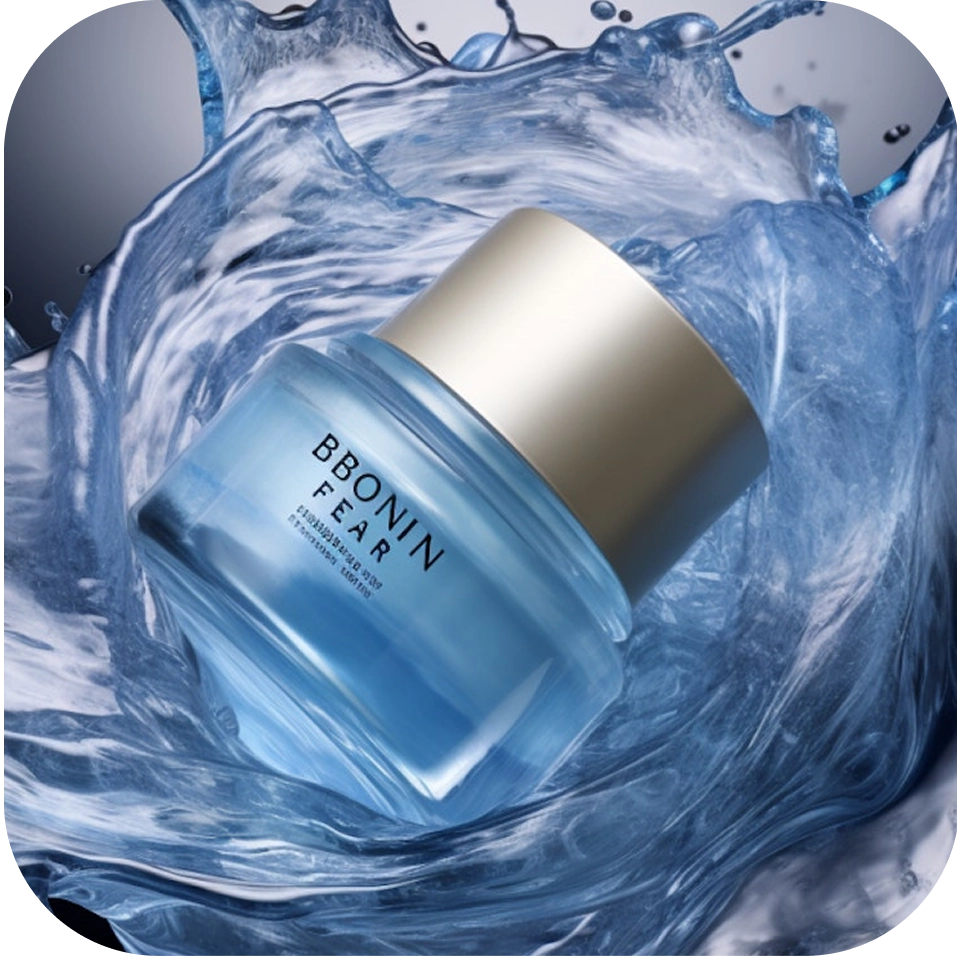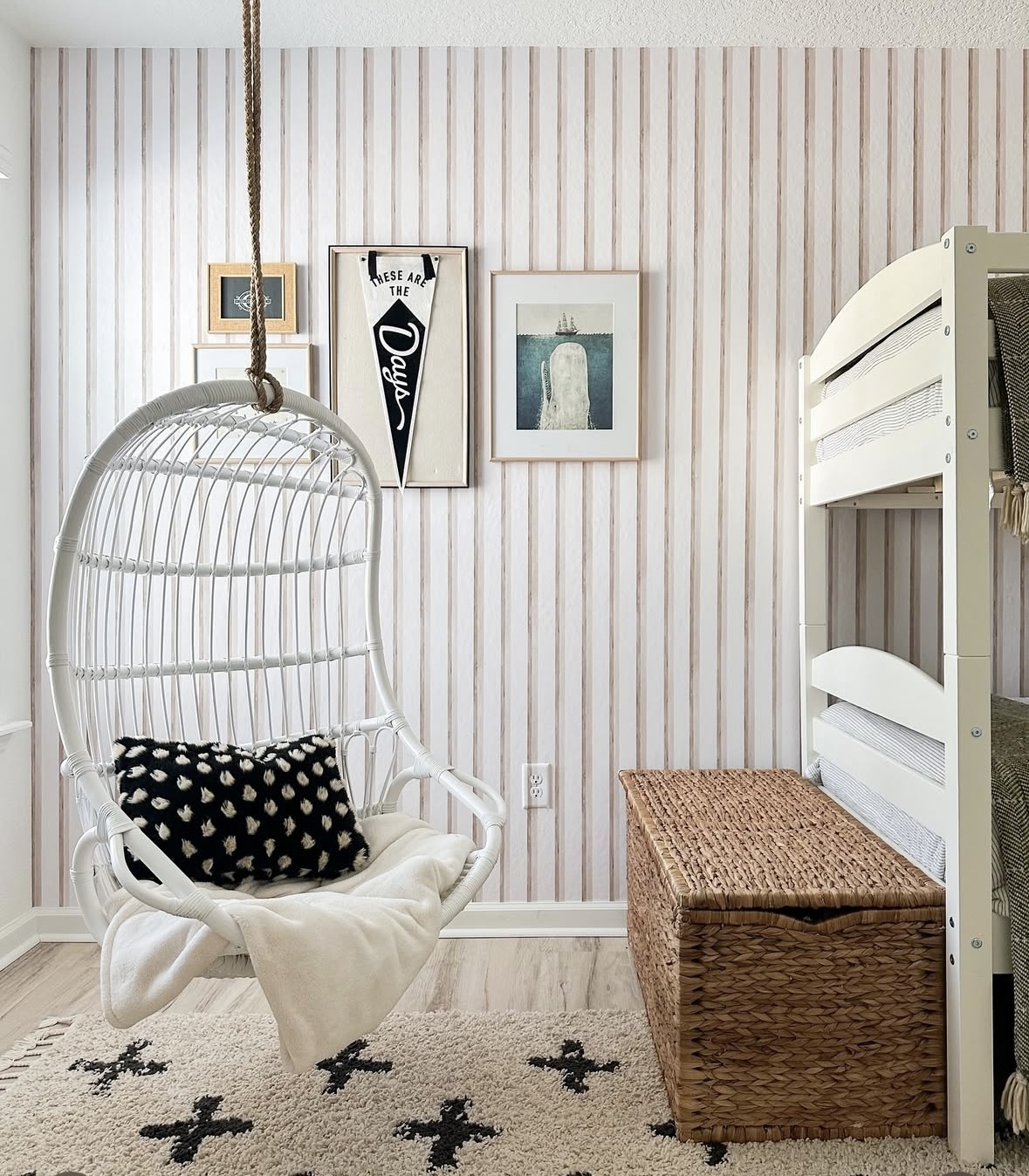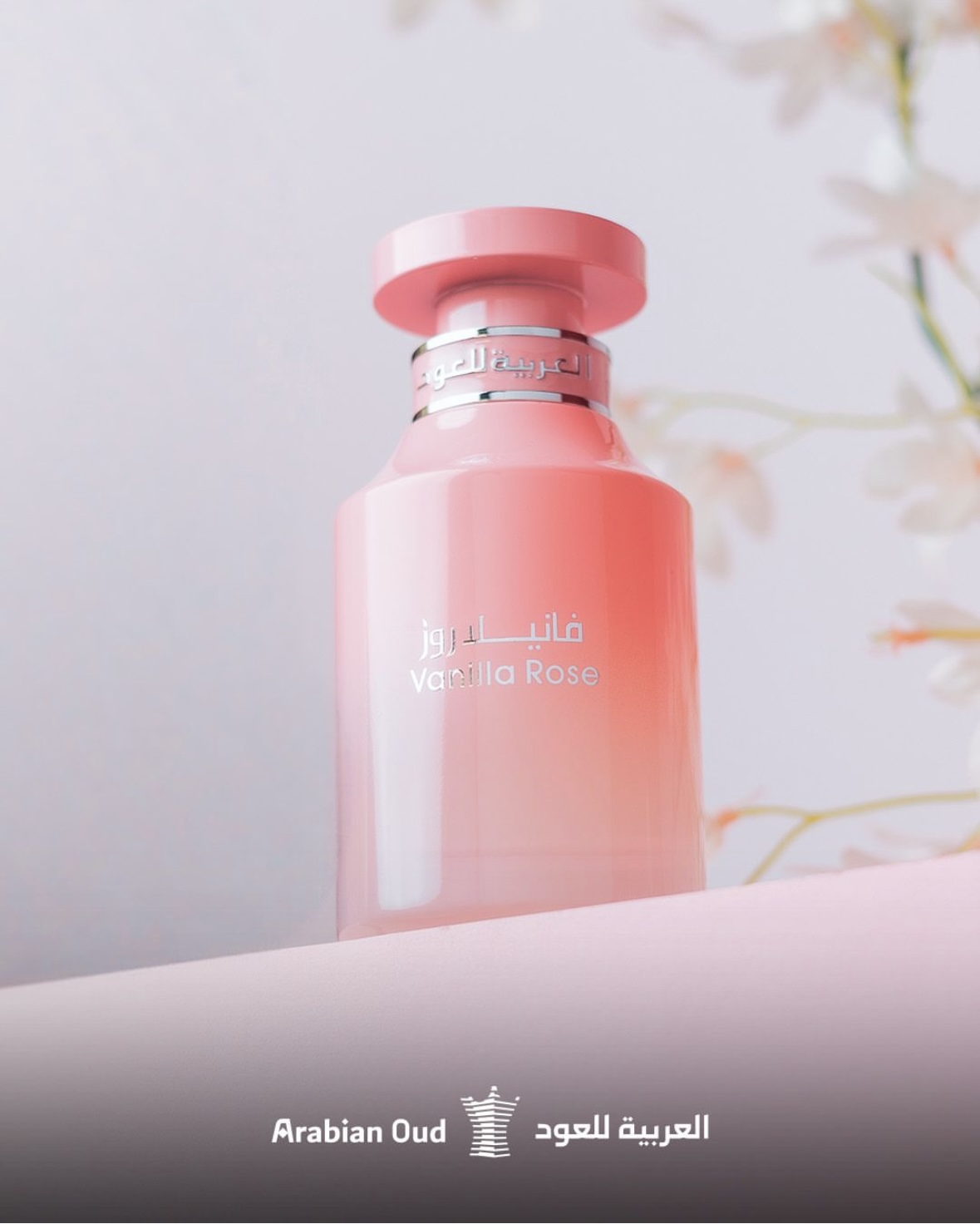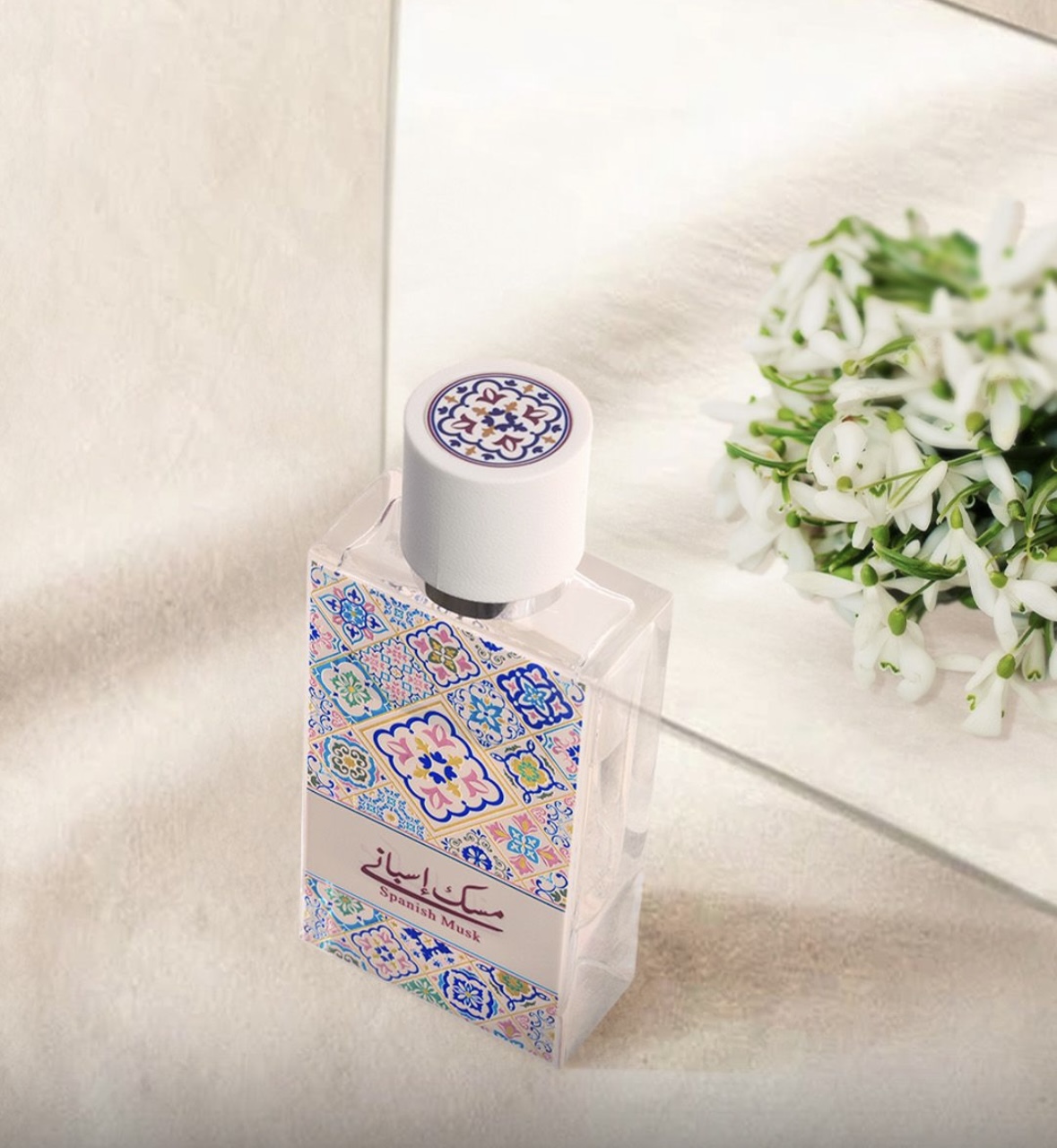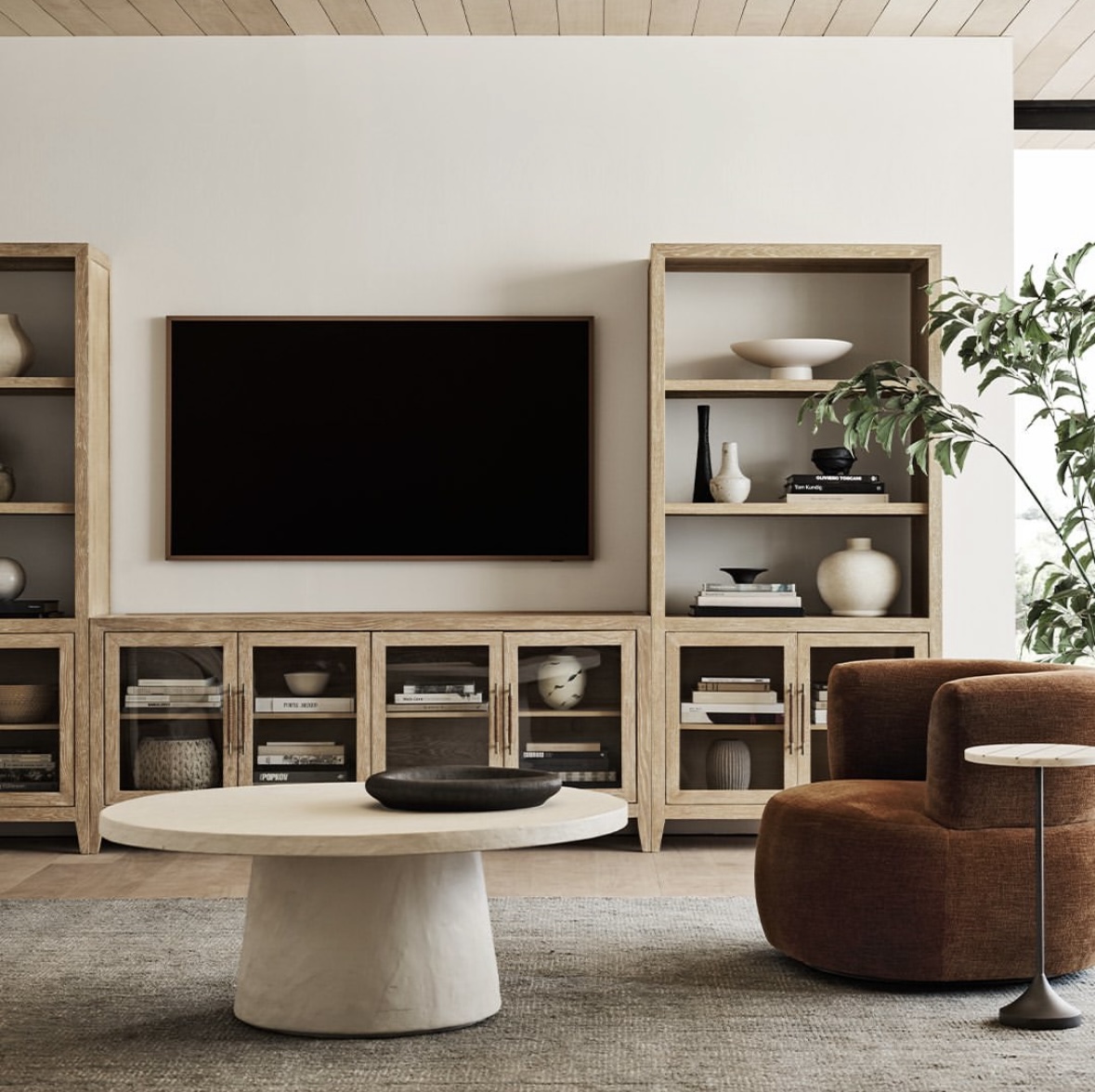Table Of Content

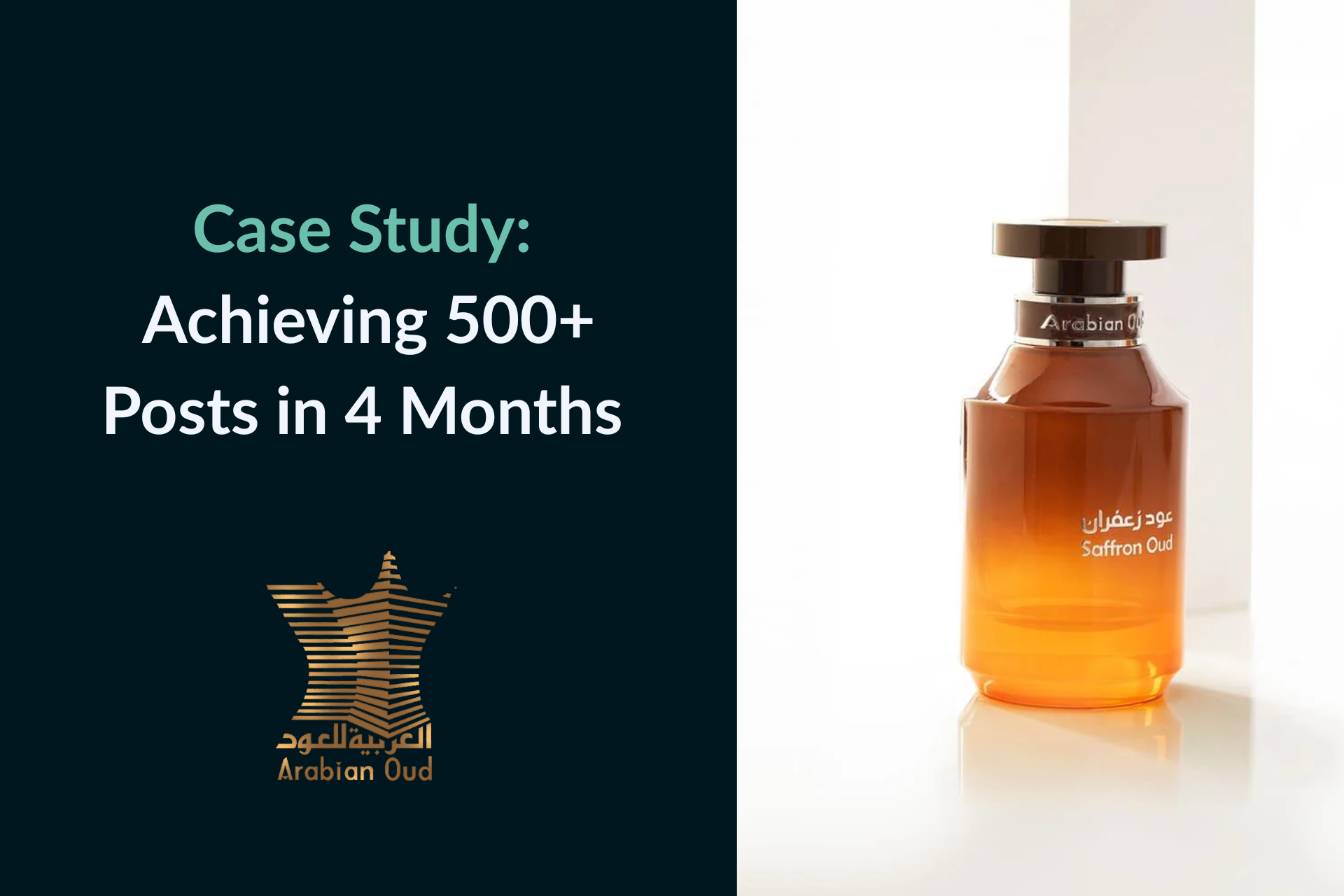
Table Of Content
Arabian Oud wanted to increase brand awareness and social exposure in seven markets where they have stores or offer delivery. But there were a few challenges:
Despite these constraints, the brand had a strong reputation and a premium product portfolio. Our job was to frame the opportunity strategically, manage international coordination, and execute with precision.
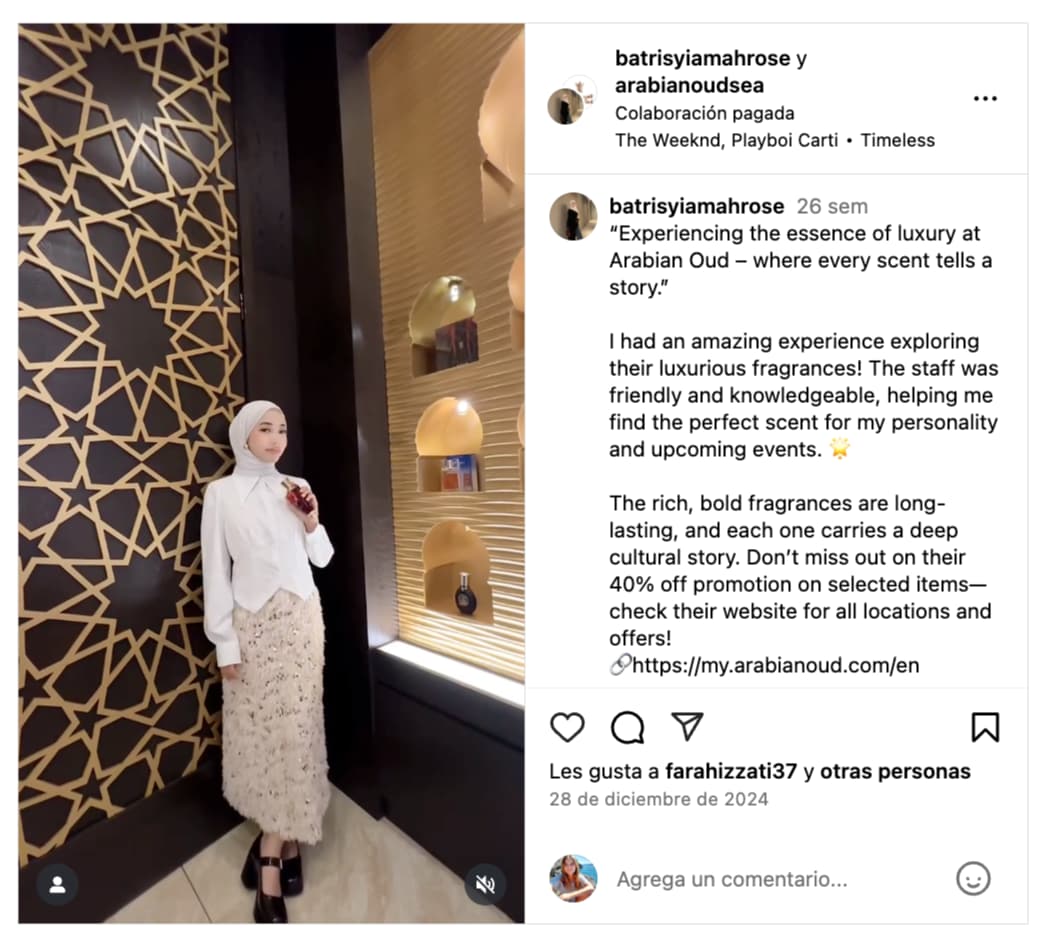
Given the brand’s high-value products, we offered creators a free fragrance of their choice in exchange for content — with flexibility around the format (Stories, Reels, Feed posts).
We emphasized the prestige of the brand, its Middle Eastern heritage, and its commitment to long-term partnerships, helping us secure collaborations at scale.
We used Influencer Hero to manage mass outreach, filter for the right creators, track deliverables, and tag influencers by region for easier follow-up.
This approach helped boost brand awareness and social media growth across the client’s seven markets and five national Instagram accounts, while also generating valuable, authentic UGC that the client repurposed both organically on social media and in paid ads on Meta.
To achieve the client's objective while addressing the challenges, we divided the work into two recurring and successive phases.
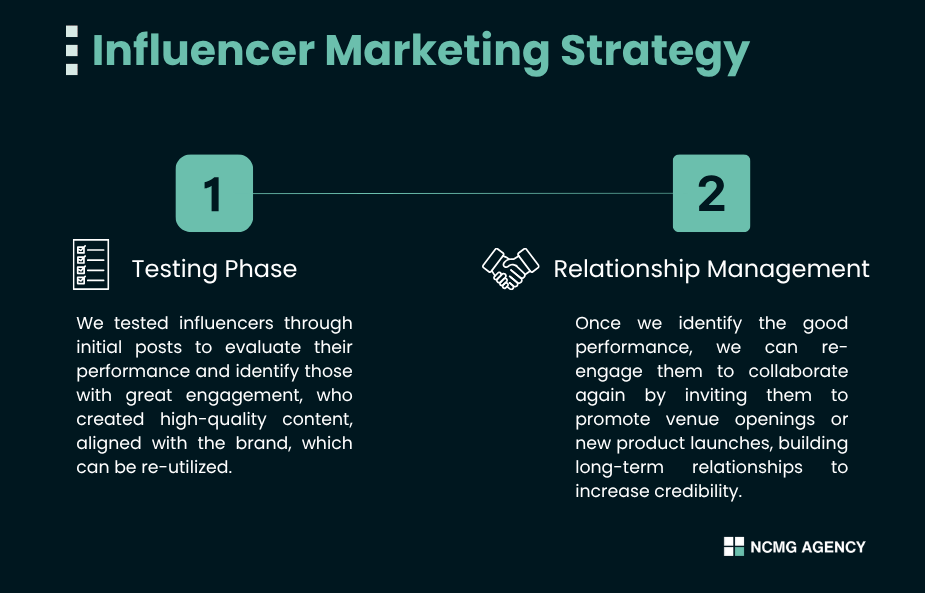
We contacted over 7,200 influencers across Instagram and TikTok to test interest, content quality, and performance. Without offering payment, we achieved a 40% positive response rate, and creators often overdelivered — posting more than what was agreed, including Reels, unboxings, and GRWM videos.
Thanks to automated post tracking (via Influencer Hero), we quickly spotted high-performing content and secured free usage rights for over 60 top posts, which the brand later ran in Meta ads — dramatically lowering CPMs and CPAs.
Here are some useful tips on how we successfully executed the gifting campaign:
We positioned the product not just as a gift, but as a luxury experience — connecting with creators’ cultural roots and emphasizing the prestige of being one of the first to collaborate with the brand internationally.
We also offered the potential to join the ambassador program later on — framing the first activation as a foot in the door.
Using our A/B-tested outreach templates, we converted 40% of creators who initially declined.

Using filters in Influencer Hero, we targeted creators aligned with Arabian Oud’s audience and positioning. Our main categories: Beauty, fashion, skincare, and a luxurious lifestyle.
By leveraging our Influencer Finder tool, which offers advanced filters such as audience demographics, engagement rates, and credibility checks, we were able to carefully select the right influencers to engage across these categories.
1) Beauty Creators:
Beauty creators include influencers who share content related to skincare, makeup, beauty products, outfit inspiration, and self-care. They can naturally incorporate a fragrance into their content in an organic and authentic way.
We specifically reached out to beauty creators who have experience collaborating with well-known international and luxury brands such as Dior, Tom Ford, and Gucci, ensuring the brand positioning aligned with Arabian Oud’s premium image.
Examples:
@ladyalesjournal (82K followers): A Fashion, Beauty and makeup expert in Italy, sharing all about self-care inspiration and UGC. See post.
@samantha_chevaliers (78.4K) : Fashion, Beauty and Lifestyle, working with recognized brands such as L’Oreal, Lancome and YSL. She got 12K views and almost 10K engagements.
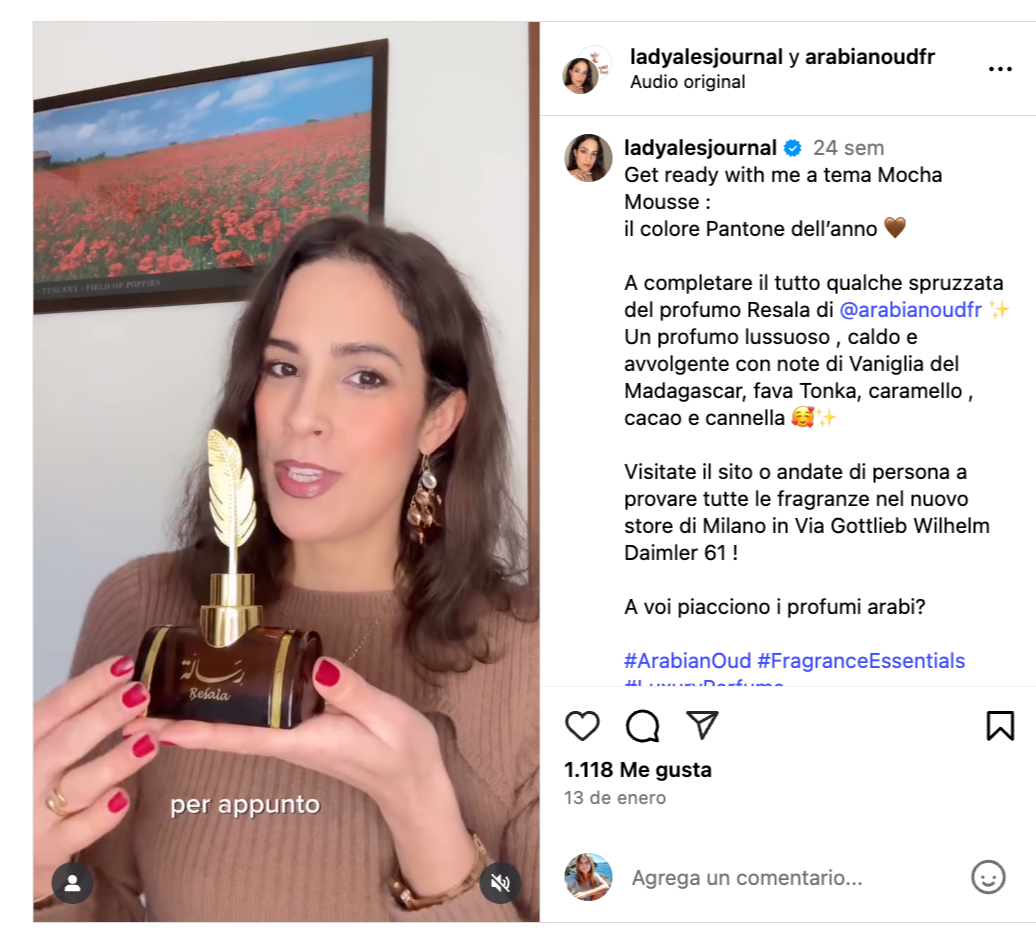
2) Fragrance Enthusiasts
Content creators dedicated to fragrance reviews and comparisons are also a highly relevant niche to promote Arabian Oud's products. We made sure to include creators who share a genuine passion for luxury fragrances and have built an engaged community around this interest.
Example:
@mowasmellsgood (58K): Fragrance reviews and recommendations
3) Fashion & Style Content Creators
Fashion creators were considered secondary targets for this campaign, but they also offered a great opportunity to introduce the product organically within their outfit inspiration content — sharing how the fragrance complemented and elevated their overall look.
Example: @jessiefrizzell, With over 300K followers, she is a great example of how effective negotiation and clear communication can help successfully engage macro influencers in a gifting campaign.
4) Luxury Lifestyle
Lifestyle creators can produce relatable content that appeals to diverse audiences with varied interests. Their content often blends categories such as beauty, fashion, fitness and family.
For this campaign, we focused on lifestyle creators who combine those interests while showcasing a luxurious style aligned with the products.
Examples:
@mateoolivaress from Spain (148K followers) shared an unboxing and review reel, which received over 42K views.
We also engaged other creators like @iamsaraouardii (132K) and @xanamarlenex (87K).
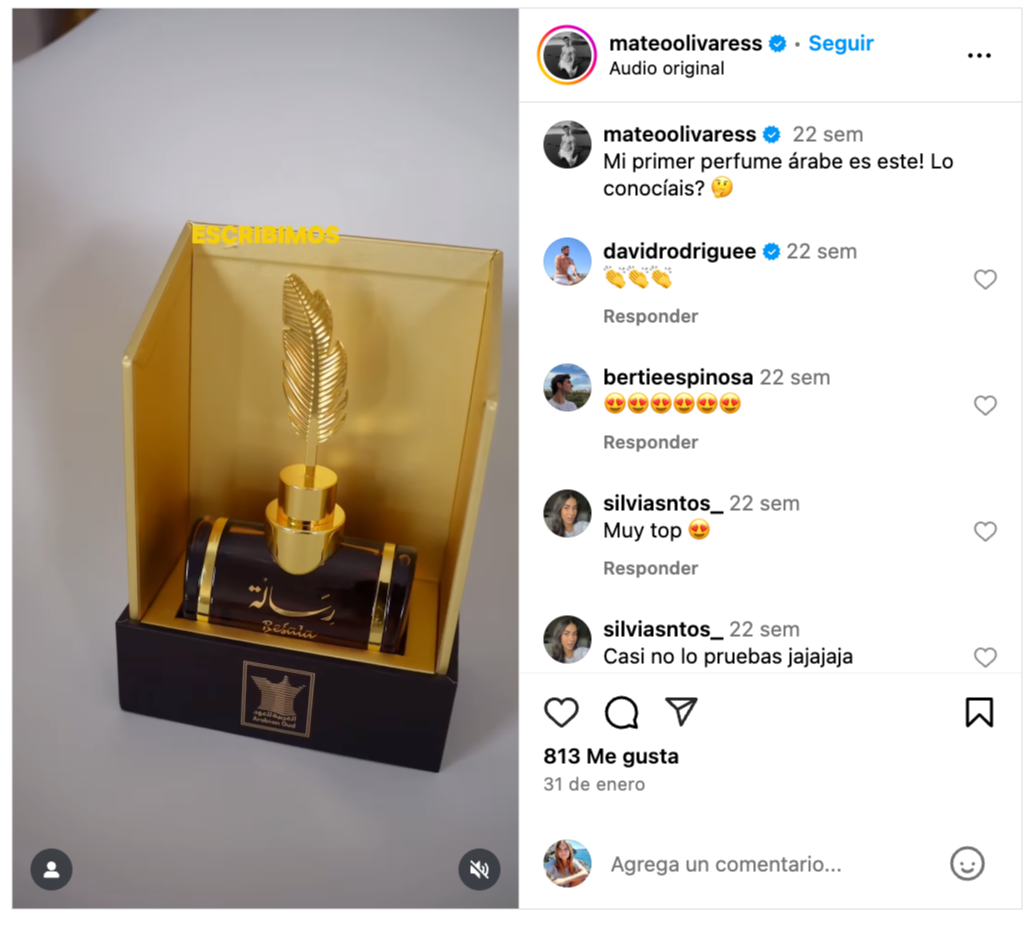
5) Middle Eastern Culture Advocates or Communities Abroad
Arabian Oud has a strong heritage rooted in Middle Eastern culture. Therefore, it was essential for us to collaborate with creators from these communities across all our markets — people who could share genuine, heartfelt content connected to their roots and traditions. After all, who better to promote our products and tell the story behind the brand than them?
During the month of May, for example, we launched a dedicated campaign focused on our Bakhoor products (incense) for Eid, asking these influencers to specifically promote this product.
Examples:
We aimed for a mix of influencer types, focusing mostly on micro and mid-tier influencers (from 5K to 300k followers) as they are generally more open to gifting partnerships and these types of collaborations which require their presence (in the case of store visits). We achieved a 40% response rate and a 10% onboarding rate during that time.
However, while macro influencers tend to request fixed payments ranging from $2,000 to $10,000 per post, we've successfully onboarded many without fixed fees through effective negotiation.
In fact, compared to other clients, this brand onboarded a significantly higher number of accounts with over 100K and 150K followers, as well as a more balanced distribution across different influencer sizes.
While other brands typically see the majority of their collaborations coming from accounts with 50K to 100K followers, this brand achieved a broader reach by including a higher proportion of larger profiles.
You can find a breakdown of the types of influencers we have successfully onboarded below:
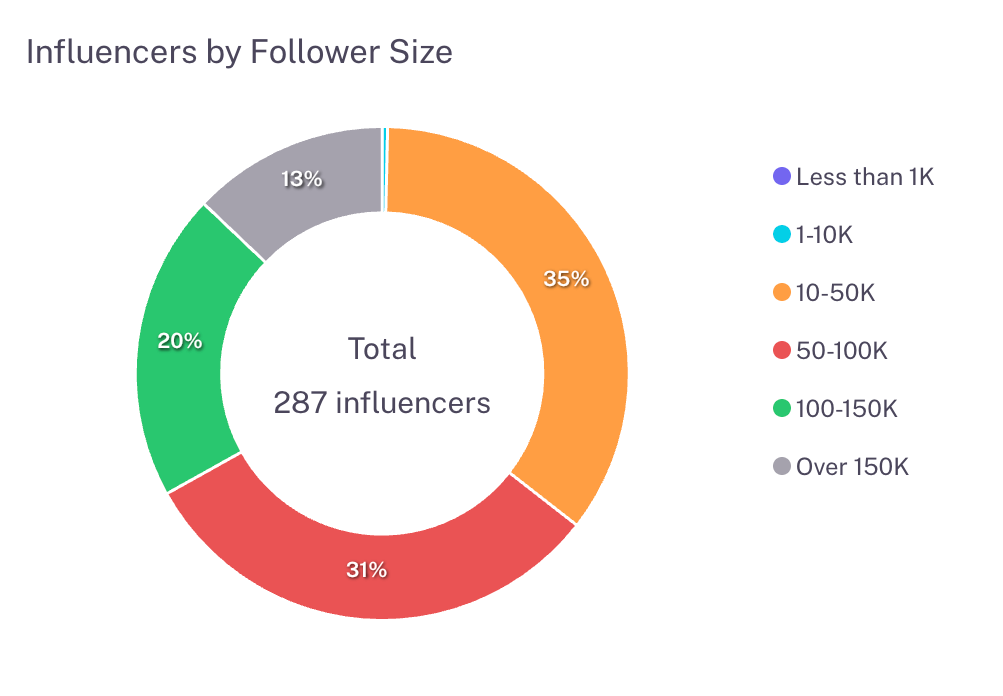
After the initial campaign, we continued building on momentum:
Using Influencer Hero’s CRM, we tagged creators by city, allowing us to re-invite top performers for store openings and local events. For example, creators in France who received products were later invited to our Paris store launch.
For example, after the initial collaborations during the first few months, the brand planned a campaign to promote their new fragrance “Elle”, created in partnership with the globally recognized Elle Magazine.
For this campaign, we specifically targeted creators who had already produced great content for the brand and who also aligned with the fashion-forward image of the new product — primarily fashion-focused influencers.
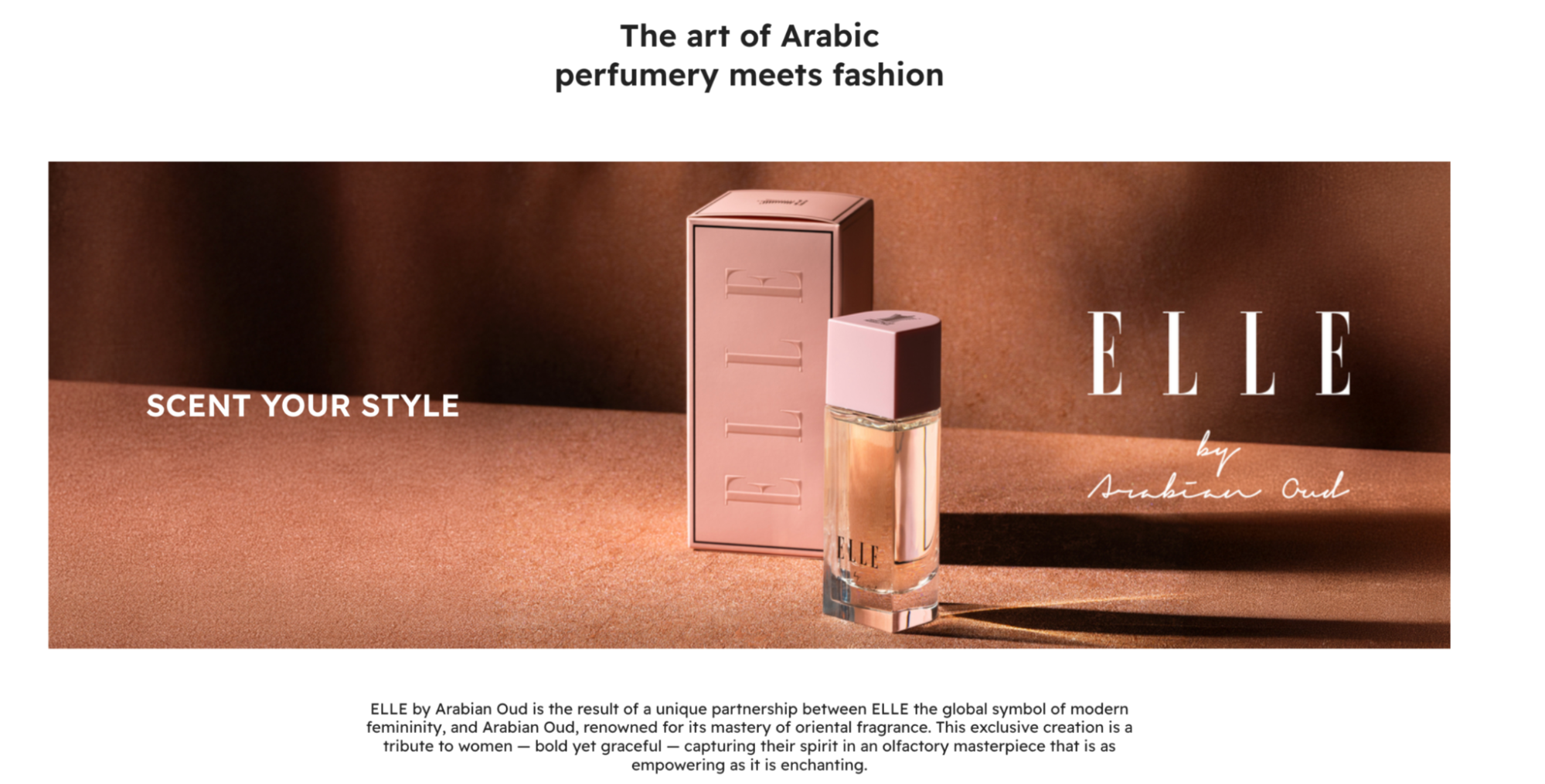
Another way we strengthened relationships with creators who had already engaged with the brand was by re-inviting them to experience our new venue openings near their location.
Whenever we launch a new venue, our strategy follows two main steps:
We invited influencers we had previously collaborated with in France, by gifting them fragrances and shipping them to their homes, to attend a recent event at our store in Paris.
One of the key values we gained from influencers during this campaign was securing usage rights for the content, allowing the brand to promote it through paid ads on Meta.
This influencer-generated content consistently outperformed branded content, achieving higher engagement and better CPM results.
Thanks to our A/B-tested templates for requesting usage rights — where we clearly explain the benefits for the creators, such as increased exposure through ads featuring their handle — and our timing approach, where we request rights after influencers have posted (when they are already engaged with the brand), we successfully secured 60 high-quality content pieces to reuse for paid ads at no additional cost.
In just four months, the Arabian Oud influencer program delivered impressive short-term results and laid the foundation for ongoing brand growth:
✔️ Built strong relationships with 80+ high-performing influencers for future campaigns
✔️ Created a reliable pool of brand advocates ready to support product launches, store openings, and seasonal promotions
✔️ Streamlined re-engagement through influencer tagging by city, making it easy to activate creators for local events
✔️ Reduced guesswork and increased efficiency by leveraging past performance to guide future collaboration decisions
Want to learn more on how to create your own successful influencer marketing program? Book a call!
Arabian Oud’s influencer program is now a repeatable, data-driven engine for both awareness and growth. With a foundation of strong partnerships, clear performance benchmarks, and a strategic content approach, the brand is well-positioned to scale further in existing and new markets.
Whether you're just getting started or looking to scale your current efforts, our team at NC Media can help you build a high-performing influencer strategy — from outreach to performance tracking.
We’ve helped global brands like Arabian Oud generate hundreds of posts, millions of impressions, and measurable ROI through smart gifting campaigns. Let’s talk about how we can do the same for you. Book a free strategy call!
Barter gifting means sending a product in exchange for a clearly defined deliverable—like a post, reel, or story. This approach ensures you receive the specified content. No‑strings‑attached gifting is simply sending a product with no expectation of a social post. The influencer may choose to share organically, but there's no obligation. Choose barter when you want content guarantees; go no‑strings when you seek authentic word‑of‑mouth and relationship building.
For barter deals, a formal contract is highly recommended—it sets clear expectations, deadlines, and deliverables. For no‑strings‑attached gifts, contracts are optional since no obligations exist. Tip: Even in gifting, clear messaging reduces misunderstandings and ensures smoother collaboration.
Influencers must conspicuously disclose when content is gifted or sponsored—using tags like #ad or #gifted in captions or overlay text. Brands should monitor posts to confirm compliance or require pre-approval before publication.
The main benefits is that it’s cost effective (only product + shipping) and its scalable reach via micro and nano influencers, generating authentic UGC. The cons is that it tends to have a lower acceptance rate, as many influencers decline since there’s no compensation. It also requires consistent inventory and logistical resources.
Set clear goals (e.g., UGC volume, impressions) and measure metrics like engagement rate and reach . Use an opt‑in platform to find creators who are open to gifting. Negotiate licensing rights upfront to repurpose content in ads, increasing ROI without extra cost. Smart tip: Track all campaign costs (product, shipping, tools) versus generated value to calculate true ROI.
